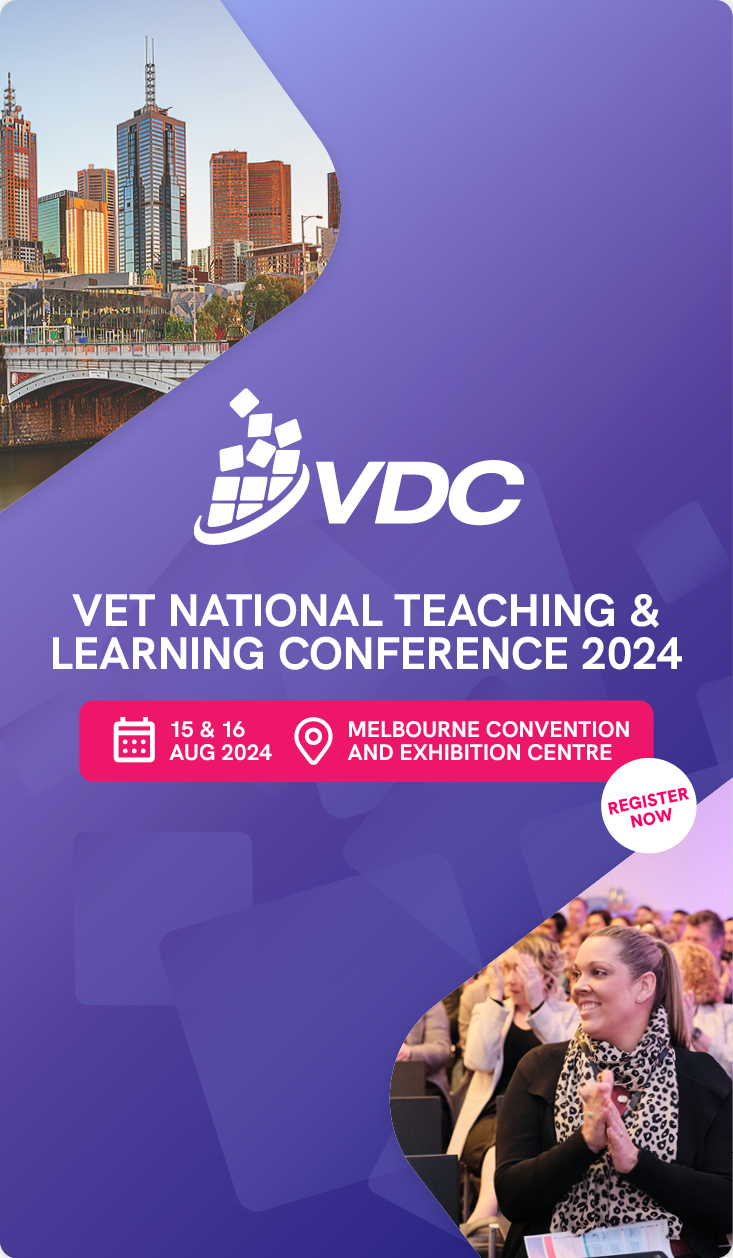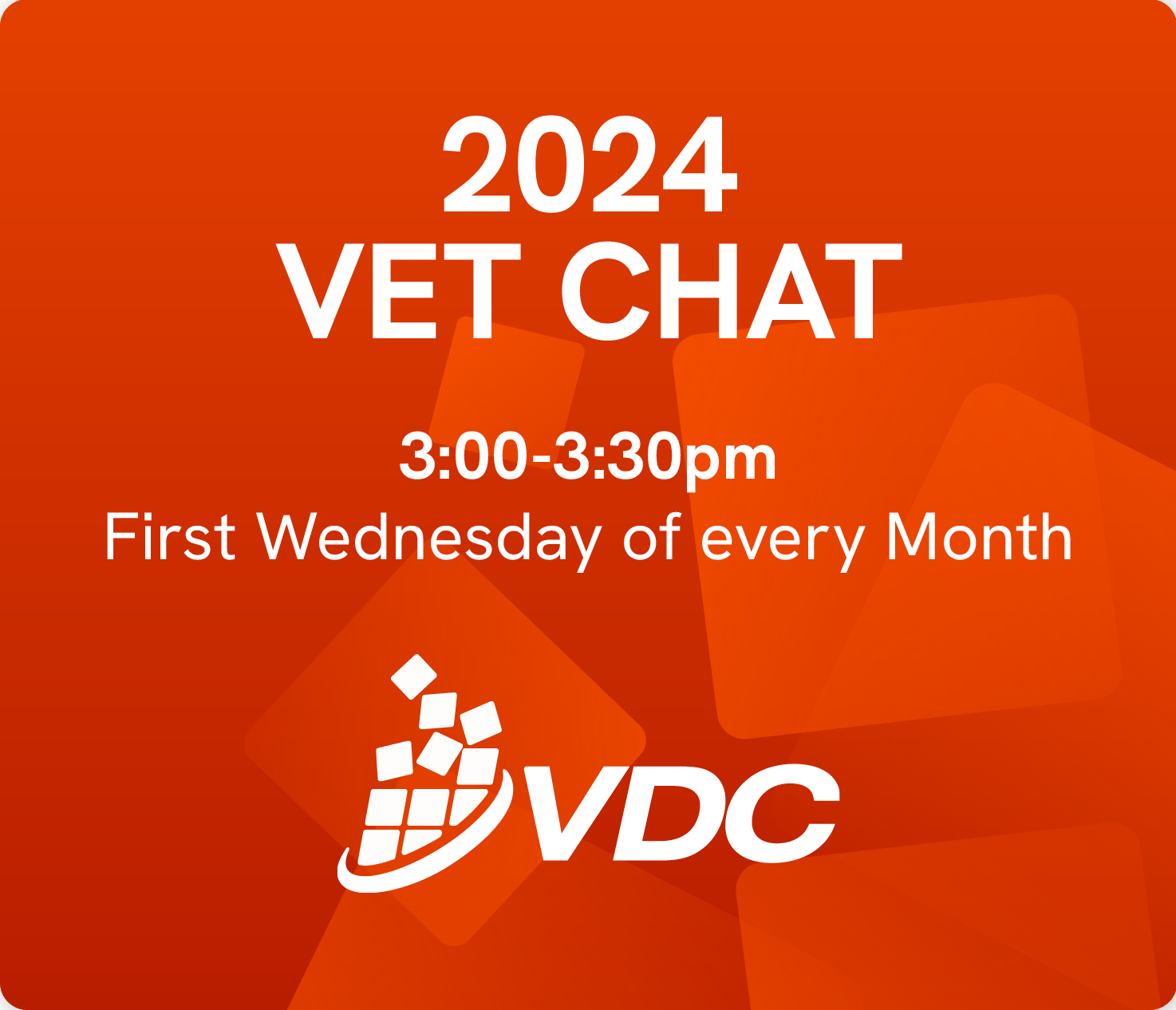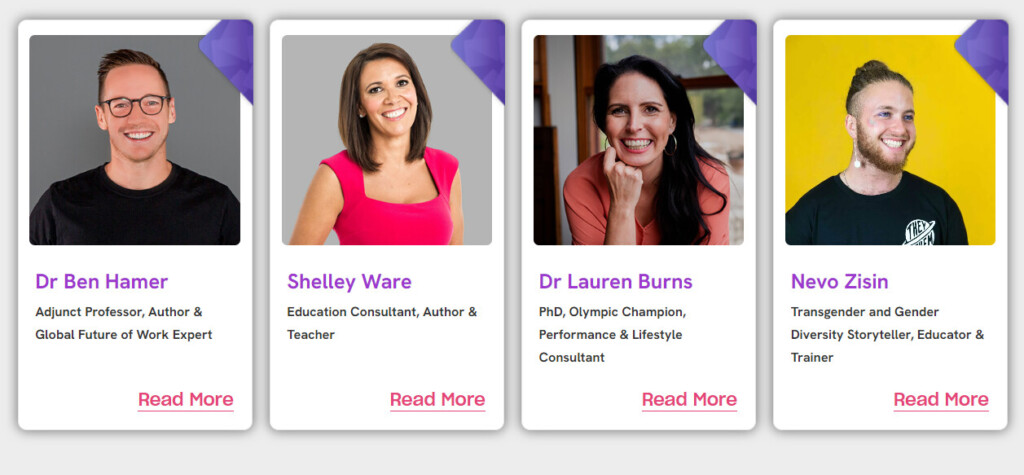The VET system in Australia is made up of a diverse range of students and provider types.
NCVER just released a report looking at small VET providers: those with 100 students or less.
What did they look at?
Korbel and Osborne report that:
“A key driver of this research was to more comprehensively understand the market served by smaller providers, those who continue to operate in the VET system despite perceptions that it would be more profitable and sustainable for them if they expanded their operations (either through internal growth or mergers and acquisitions), thereby benefiting from economies of scale.”
The authors found that in 2017 “there were 1130 registered training organisations (RTOs) from a total of 3573 non-school RTOs with fewer than 100 students.” In particular, they looked at stable small providers, that is, those with a stable number of students in this size category between 2015 and 2017. They found that these 518 RTOs made up 24% of providers in the research scope, but that their student numbers were less than less than 1% of total student numbers.
What did they find?
“Most stable small providers were private training providers. It was notable that 34% of stable enterprise providers were small.” These small providers also had a higher proportion of enrolments in courses at certificate IV level and above.
They had relatively more students undertaking fee-for-service training than larger providers. In fact, 64% of them only had fee-for-service students.
In 2017, their enrolments covered a wide range of qualifications, including those in “funeral services, aviation, and disability access consulting.” In addition, they “were delivering niche nationally recognised accredited courses in areas such as dancing, acting, theology, religious ministry and yoga.” The researchers therefore concluded that:
“…stable small providers were contributing to the diversity of choices available to students within the system.”
A few of these small providers focused on students with a disability and Indigenous students “indicating that they may be delivering very specialised and targeted services to those students.” However, most of the training for students with a disability was on a fee-for-service basis. In contrast, training for Indigenous students was mostly government-funded and in community services, Indigenous studies and the performing arts.
In terms of their geography slightly more of their students resided in remote or very remote regions than larger providers. However, in 2017 and like larger providers, the majority of their students resided in major cities.
In regulatory terms, these stable small providers “were compliant slightly more often than either stable medium and large providers, and when they were non-compliant it was more often a minor issue.” They also appear “to have less difficulties maintaining their ongoing registration, but faced more difficulties adding new programs or subjects to their registered scope of delivery.”
Korbel and Osborn conclude that these smaller providers “have an almost paradoxical place in the VET system.” There are a lot of them, but they are small in terms of overall student numbers. However, they represent a large part of the diversity of the expansive Australian VET system and thus cannot, and should not, be ignored.








